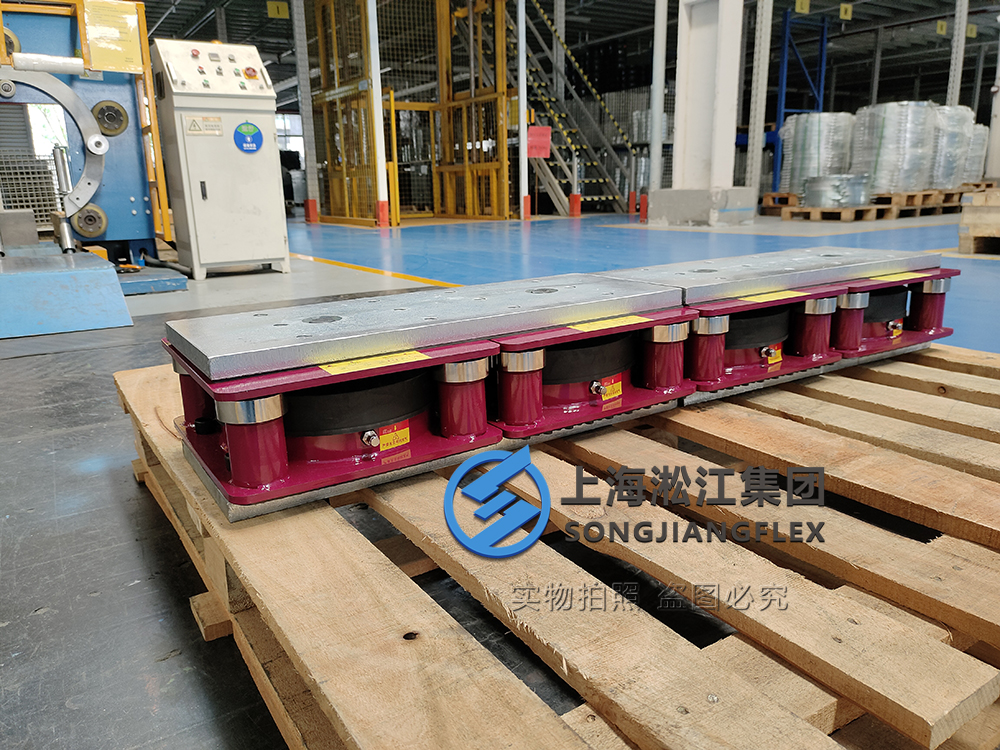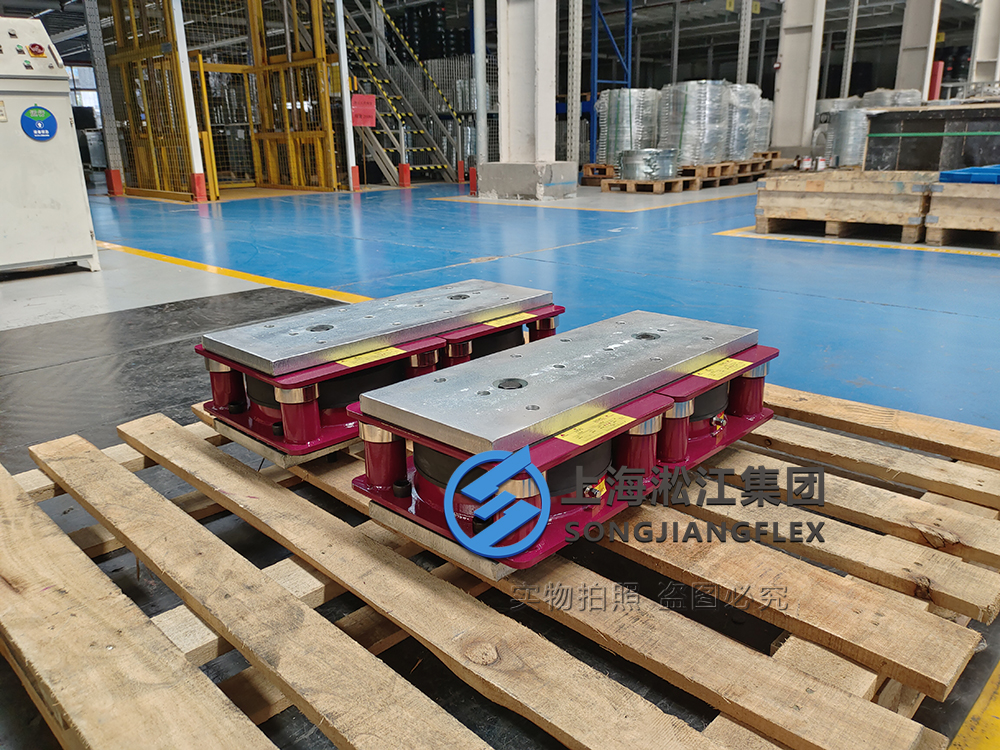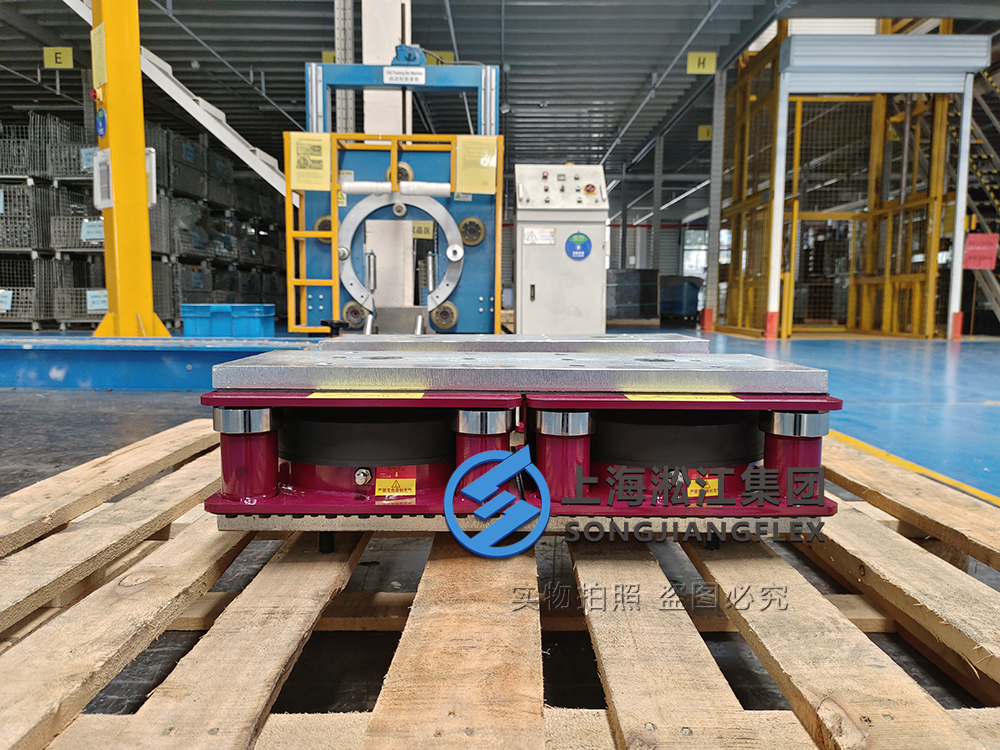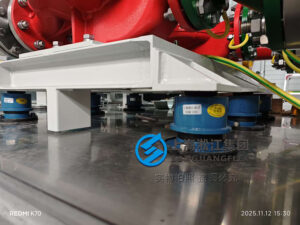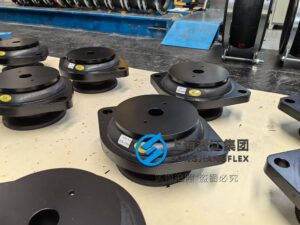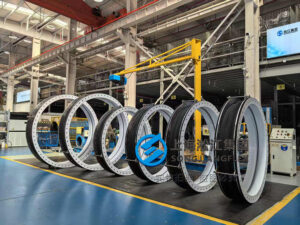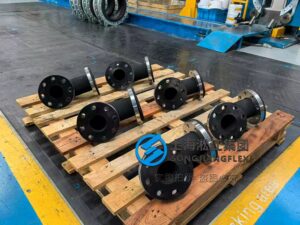Transformer equipment often suffers from vibration-induced damage. Air damping rubber isolators solve this by combining vibration absorption with durability for stable and long-lasting performance.Air damping rubber vibration isolators reduce harmful vibration transmission from transformer equipment to the foundation or structure.
They combine the elasticity of rubber with pneumatic damping, minimizing shock, noise, and fatigue failure. Ideal for heavy-duty transformer applications.
So, why are air damping rubber isolators the preferred choice for transformers?
What is an air damping rubber vibration isolator?
These isolators consist of an internal air chamber combined with a rubber body. They provide vibration isolation by combining the flexibility of rubber with the damping force from internal air pressure, which adjusts dynamically under load.
Air damping rubber isolators reduce both high- and low-frequency vibrations using elastic and pneumatic damping. They’re highly effective for transformers operating in sensitive environments.
This type of isolator is a hybrid between an air spring and a rubber mount, offering better performance for variable vibration loads, especially in high-voltage transformers.
Why are transformers vulnerable to vibration damage?
Transformers generate vibrations from core magnetostriction and load fluctuations. Over time, this leads to insulation degradation, fastener loosening, and core noise.
Without damping, transformer vibration can lead to coil loosening, noise, and structural fatigue. Proper vibration isolation extends transformer lifespan and reduces noise pollution.
Substation environments magnify this issue, as ground vibrations or harmonics can amplify internal resonance. Air damping isolators suppress these effects effectively.
What are the key features of air damping rubber isolators?
They include an elastic rubber body, an air bladder for pressure control, and sometimes built-in pressure relief valves. These allow real-time adaptation to load and vibration levels.
Features include adjustable air damping, wide temperature tolerance, dynamic load response, and reduced resonance amplitude.
Compared with traditional spring mounts, these isolators offer smoother operation, are corrosion-resistant, and require less maintenance.
How do they reduce maintenance costs and downtime?
They prevent vibration-related failures like loosening bolts, cracked insulation, and housing misalignments. This leads to fewer breakdowns and service calls.
Lower vibration equals lower wear and tear. Less maintenance saves time and cost over the transformer’s life cycle.
Especially useful in unmanned or remote substations where access is limited and repair delays are expensive.
Are air damping rubber isolators easy to install and adjust?
Yes, they typically use bolt-on installation and have a simple mechanism for air pressure regulation.
Installation is quick. Adjustments can be made by inflating or deflating the internal air chamber to match load and resonance conditions.
These systems are compatible with most new and retrofit transformer bases, making them versatile for various projects.
What are the long-term benefits of using these isolators?
They ensure transformer stability, reduce maintenance, extend service life, and reduce environmental noise.
Long-term benefits include improved reliability, quieter operation, fewer repairs, and better compliance with grid noise standards.
Often recommended in urban substations, renewable energy hubs, and smart grids for their environmental and technical advantages.
Summary
Air damping rubber vibration isolators offer a reliable, adjustable, and maintenance-friendly solution to transformer vibration problems. They enhance stability, extend equipment life, and reduce operational noise.
